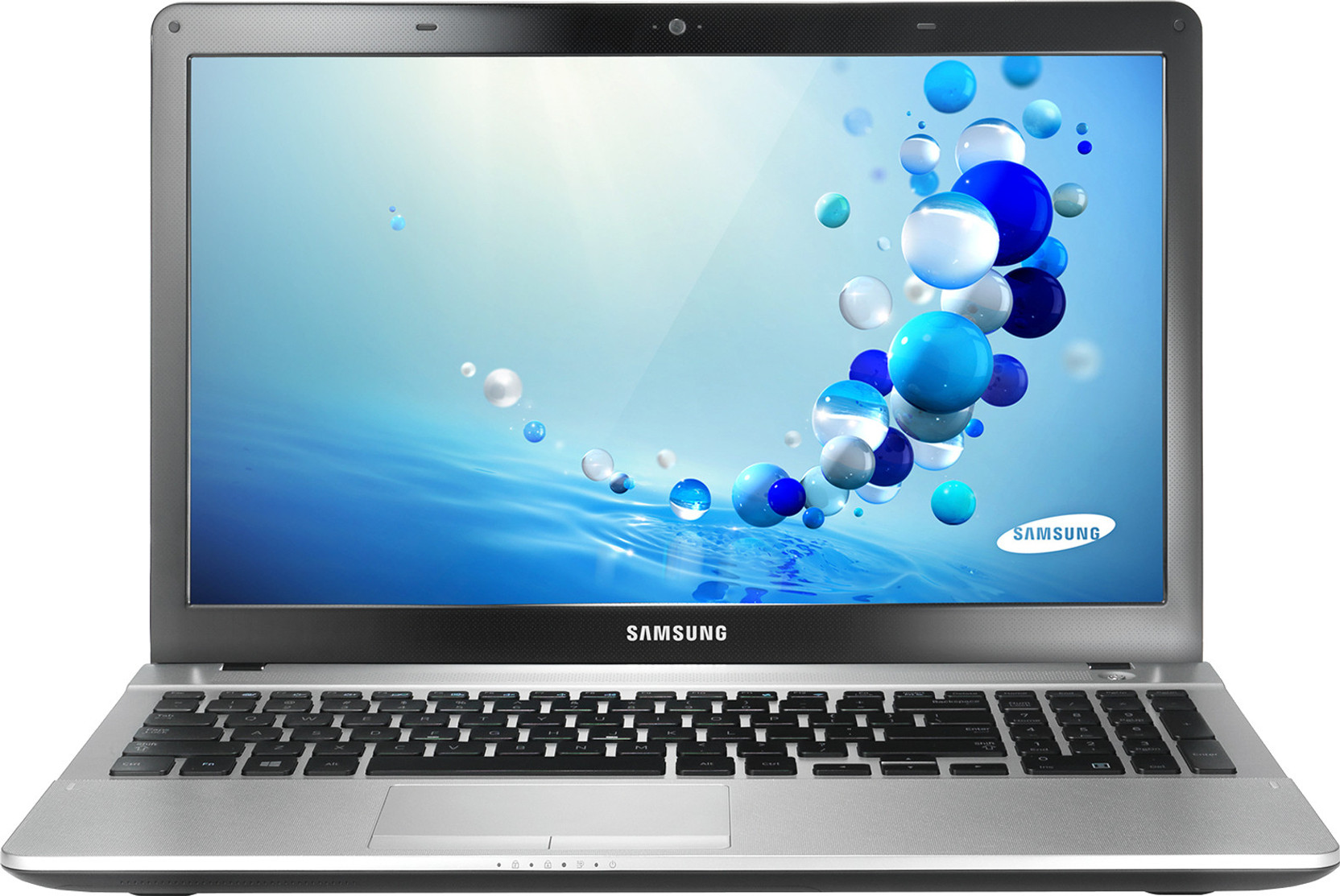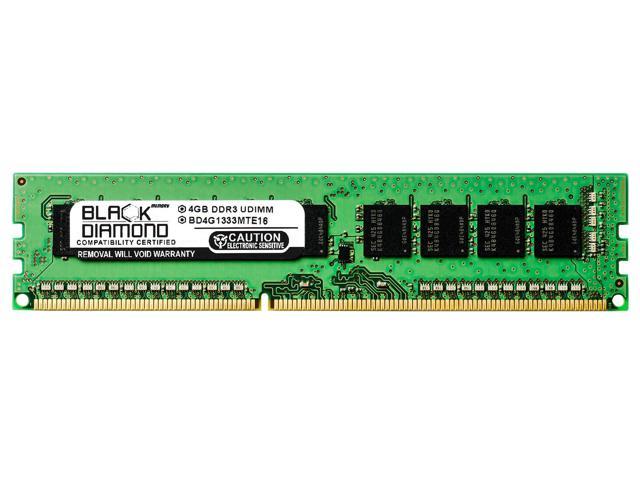- DDR3 modules use 240 pins and DDR4 DIMMs use 288 pins. Both DDR3 and DDR4 DIMMs are 5¼ inch (133.35 mm) in length but the pins in DDR4 are spaced closer (0.85mm) than DDR4 (1mm).
- Computer Motherboard, Desktop Mainboard Support for DDR2+DDR3 Memory Support AM2/AM3 4 USB Port CPU Desktop Mainboard, for Nvidia N68/C61 Chipset for AM2/AM3 Personal Computers $66.11 $ 66.
- With DDR3, the options for your clock speed (i.e., how fast the RAM can read or write data) are primarily geared to one of four different choices: 1333Mhz, 1600Mhz, 1866Mhz, and 2133Mhz, with 2133Mhz being the maximum limit. 800Mhz and 1066Mhz configurations do technically still exist, but for the most part these have been phased out of production in favor of their faster cousins.
- Give your computer a much-needed upgrade with this PNY 8GB DDR3 RAM. It's designed to fit in a compatible notebook or laptop, and the 1600MHz frequency speed ensures data can quickly be transferred to the stick to reduce or even eliminate delays. This PNY 8GB DDR3 RAM is compatible with 1.35-volt motherboard RAM slots.
DDR3 RAM sticks for a desktop computer have 240 pins. For a laptop computer, DDR3 RAM sticks have 204 pins. These memory chips can only be installed on a motherboard that supports DDR3 memory and are not backward compatible with DDR2 memory slots.
| ||
| ||
|
All intellectual property rights, including without limitation to copyright and trademark of this work and its derivative works are the property of, or are licensed to, GIGA-BYTE TECHNOLOGY CO., LTD. Any unauthorized use is strictly prohibited. |


DDR3L modules are backwards compatible with DDR3 by design.
Motherboard 4 Ddr3 Slots
Manufacturers use the same integrated circuits for DDR3 and DDR3L. The highest quality ICs are tested for operating at 1.35 volts and are branded as DDR3L if they run properly. Other than that, there’s no difference between them.
yes it is correct, that they should use the same Chips. So from a functionallity point of view it is really just the same compatibility issue as with DDR3 from one vendor to another vendor (or even just for one die shrink to the next die shrink).
JEDEC defines that the DIMM needs to be backward compatible. So if a JEDEC compliant DIMM is operating at 1.5V should be tested and verified from the vendor. But not too many DIMM vendors really state that the DIMM is JEDEC compliant.
E. g. I have seen DIMMs with devices not supporting specific CL that they would need to support to be JEDEC compliant ..
And in this case thre is no need that the DIMM really is backward compatible (even if it is just a question of Speed, or reliability over time).
Even standard DIMMs are theoretically interchangable, there are many compatibility issues between motherboard, controller and DIMM out there .. and DDR3L will not make it better ..
4 Ddr3 Slots App
Guess thats the usual difference between theory and praxis ..
and so I prefer to look at the DIMM spec and at least verify that the 1.5V is a supported voltage on a DDR3L DIMM if I intend to use it in a DDR3 System…

Hermann
